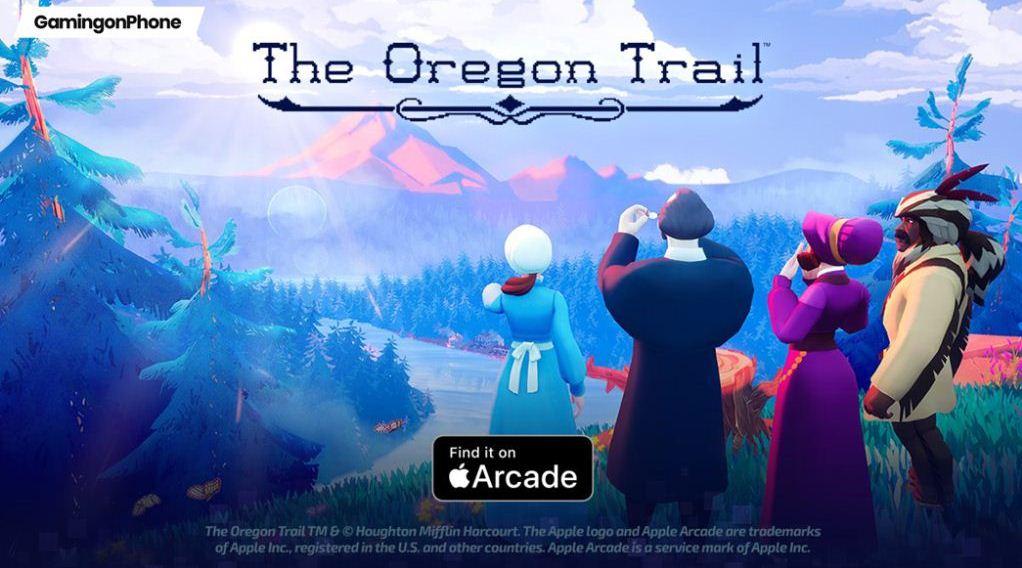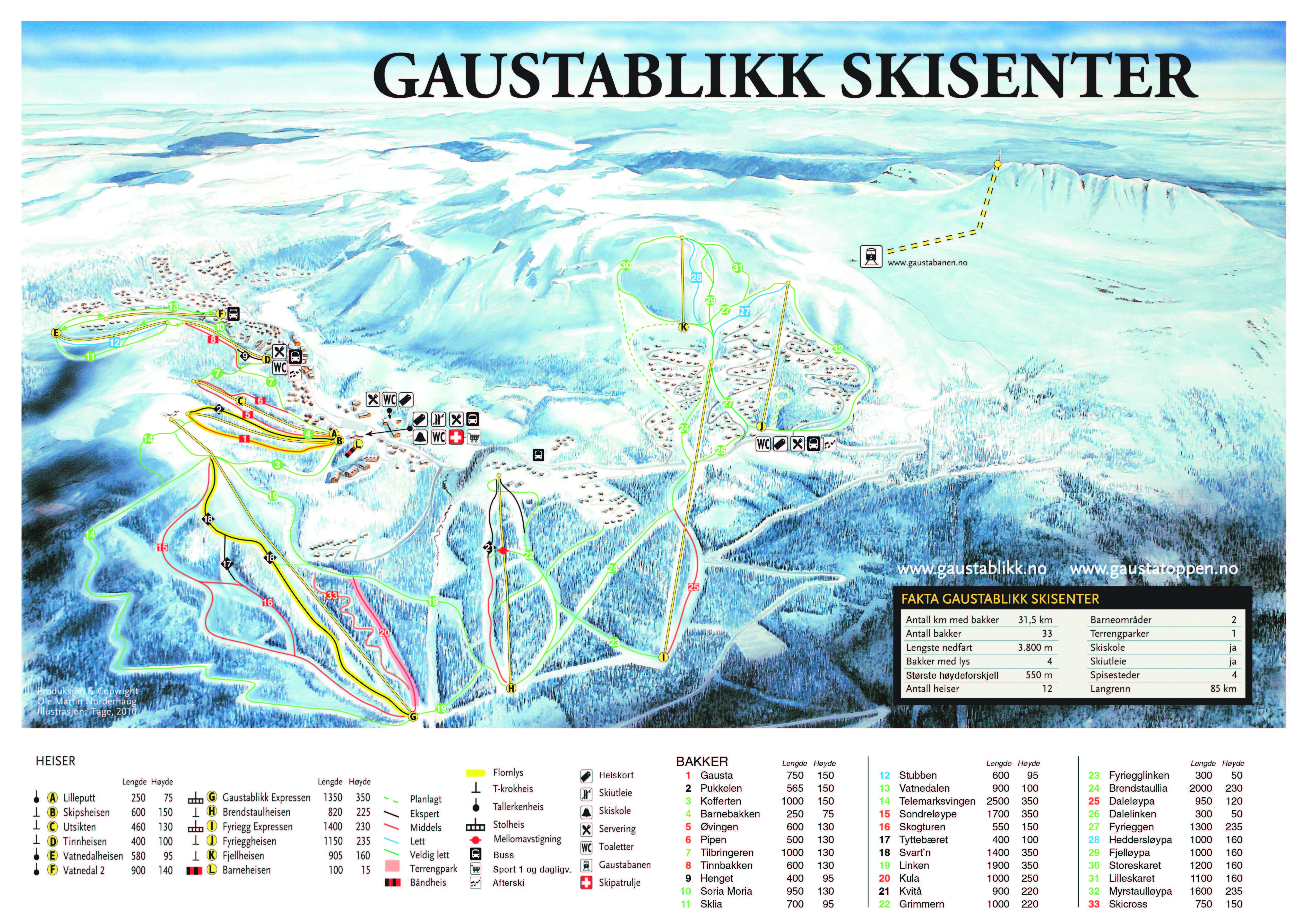

Decades later, I fired up the game up on the Internet Archive for this assignment and realized I had a whole new set of words and experiences to make sense of their role in the game. As an 8-year-old, I could only assume that the nuisance of these big, dumb farm animals was the sunk cost of being an early American trailblazer.

I still remember my exasperation with the Oregon Trail oxen as I navigated the pixelated Northwest on my mother’s Apple II computer. If and when the pioneer must make his final crossing at the Dalles, over the treacherous Columbia River rapids, the oxen sprawl out on his makeshift raft like they’re on a novelty pool float, prone to falling off with even the slightest bump on a stray rock. The oxen kindly ask that the pioneer instead waste valuable travel time by caulking his wagon and floating it across the ford, pay an additional $5 ferry fee for a much longer journey, or tap into an already scant supply of clothing to hire a Native American as his guide. And if forced, they will unceremoniously drown and-as their last act of service-take a pioneer’s entire chance at survival down with them. Despite being expensive to own and maintain, oxen can’t plow through anything beyond a shallow pond.

Longtime travelers of the Oregon Trail know that placing faith in a few yokes to carry a family across even the most peaceful of rivers is like playing Russian roulette with their firstborn. Will He Ever Be Something More? Character Study: Chun-Li, Strongest Woman in the World and True Hero of the Best Fighting Game Everįinally, there’s the water. That is, unless thieves don’t steal them first.Ĭharacter Study: Luigi, the Other Mario Brother Waluigi Is Nintendo’s Cult Hero. They require a constant supply of fresh green grass and if they don’t get it, they’ll die out of spite. Deeper into the trail, they reveal themselves to be needy eaters. A few frantic tap dances forward, and then they stop a few more and then one of them decides to wander off, and a whole day’s worth of valuable travel in the moderate month of May is lost. For one, they move at a maddeningly slow pace. Within the first few paces of the journey, the oxen present a handful of problems. The lowly farmer has no choice but to forgo sets of clothing that could keep his family warm for. And, much to the chagrin of the budget-conscious farmer, the same store owner also charges $40 per pair, or yoke, and-deploying the same tone a waiter at a tapas restaurant uses to pressure you into ordering more food-recommends at least three yokes for a westward journey. According to the owner of the local general store, “a team of oxen to pull your wagon” is an Oregon Trail must-have. Both a crutch and a curse, they are the pioneer’s gasoline. More than anything, though, the oxen are a constant reminder of the pioneer’s finite resources. They quite literally pull the game forward. They are at the center of trades on the route. They appear, large and relaxed like overfed cats, in each checkpoint’s picturesque scene. But no matter what rendition of Oregon Trail a person played, the oxen remained. By 2009, players were being told they’d “died of dysentery” on the 3.5-inch screen of an iPhone. By 1985, kids could watch the shadow of their wagon moving forward via pixelated travel screens on Apple II computers. The initial version, made in 1971 by a trio of student teachers in a janitor’s closet, was a text-only journey that required participants to input their decisions via a teletype computer and wait for a response on a roll of paper.

Like fine vintage wines and Deadhead concert bootlegs, each of the many iterations of the Oregon Trail are artifacts of a generation’s technological and cultural upbringing. The Best Video Game Character Bracket: The Elite Eight


 0 kommentar(er)
0 kommentar(er)
